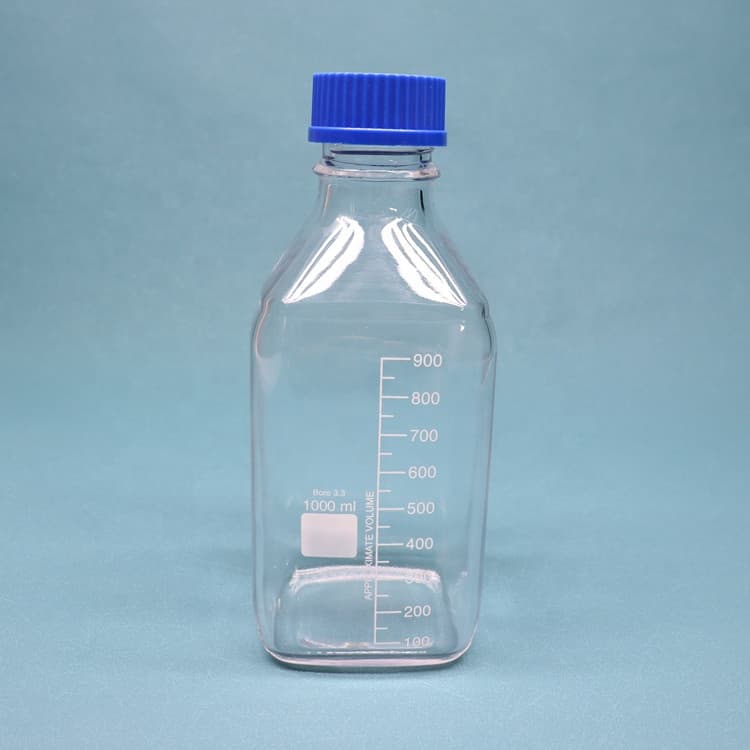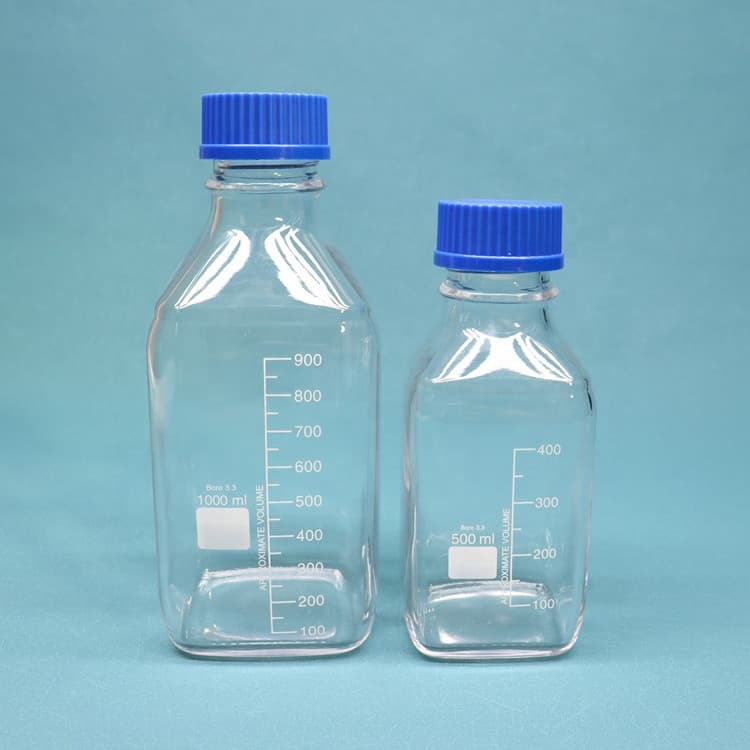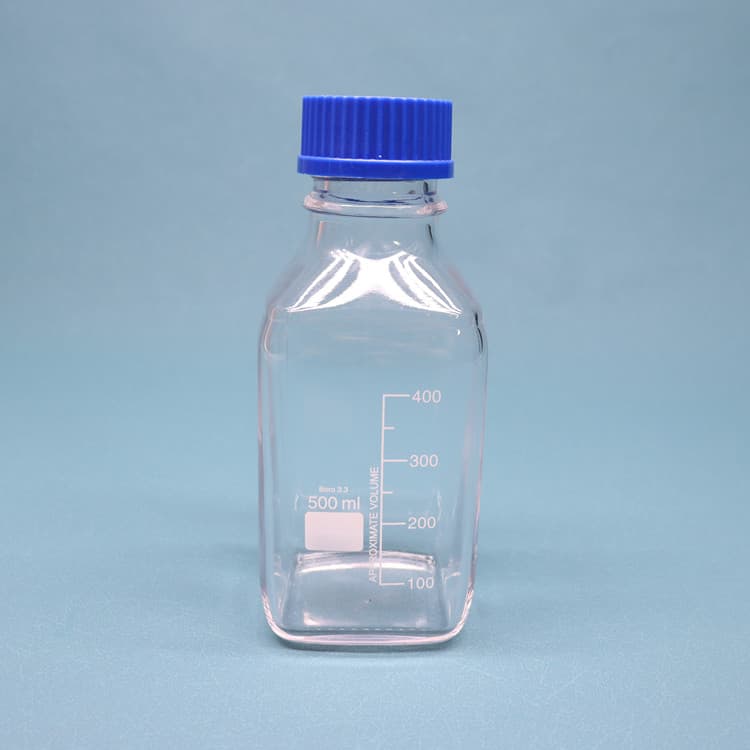



A GC septum is located at the top of the injection port and serves two functions: 1) providing a leak-free seal to maintain carrier gas pressure inside the system 2) handling repeated puncturing by a syringe needle for sample introduction purposes without severe coring or leaking.
Analytical Chemistry is a Transformative Journal. Analytical Chemistry has been certified as a transformative journal by cOAlition S, committing to a transition to 100% open access in the future. If your research funder has signed Plan S, your open access charges may be covered by your funder through December 31, 2024.
The molecular sieve or septum may also need to be replaced. You can also use additional stabilizing time to make sure the drift is stable before analyzing the sample.
Description: PTFE: 0.010". Silicone: 0.090". Extra clean, natural-colored PTFE laminated to clear Silicone. Septa for GL Caps, Silicone and Silicone/PTFE, Ace Glass Incorporated Supplier: Ace Glass Description: These septa are designed to fit the DURAN® open-top cap product family. Advanced Green Septa for GC, Aijiren Technologies
Oct 13, 2019 · Gas chromatography (GC) is an analytical technique used to separate and analyze samples that can be vaporized without thermal decomposition. Sometimes gas chromatography is known as gas-liquid partition chromatography (GLPC) or vapor-phase chromatography (VPC). Technically, GPLC is the most correct term, since the separation of components in
May 23, 2001 · Recent advances in continuous-flow isotope ratio mass spectrometry have made possible automated analysis of δ 13 C and δ 18 O in CO 2 in air from 10-mL septum-capped vials. With the potential to collect, transport, and analyze a large number of air samples using these small inexpensive vials, the opportunity exists for routine and
Stoppers, Septum- Chemglass Life Sciences. 1-800-843-1794. Advanced Search. My account. My Favorites. My Cart 0 ITEM (S) Checkout. Log in.
The use of air-sensitive reagents in chemical research is not new. A significant amount of literature is available to provide foundations for safe handling and operation 3. An appropriate risk assessment and procedure must be based on the following two practices: The use of clean and dry glassware and equipment.
Note that the total gas flow flows 1) through the column (green thing at bottom), 2) out the septum purge, and 3) out the split vent and always add up to the incoming flow (49 mL/min in this example). So 1 + 2 + 46 = 49 mL/min. And as the above image shows the gas flow passes through the septum purge and the split vent. This
The product is a clear colorless liquid with a pH of 7.1 +/- 0.2 at 25C. It can be stored at 2-25C (protected from light) for 12 months. Each box contains 4 bottles of 900 mL of fluid, with a screw cap with septum closure to reduce the risk of cross-contamination and optimize. Compare this item.
Jun 18, 2018 · Credit: Anders T. Lindhardt. Handling pyrophoric reagents can be dangerous. When chemists want to transfer a small amount of a pyrophoric reagent, such as tert-butyl lithium, they typically use a
through a filtering medium, or septum, on which the solids are deposited. The most common filtering medium is fabric cloth with strong mechanical properties. The fabric causes the solid particles to become entangled on the surface of the cloth, resulting in the formation of a layer of solids, and the buildup of the solids on the layer. Filtration
Jul 10, 2012 · Different septa shown in Figures 2A–2D used in this study were obtained from various sources, including: SGE Analytical Science (Australia, part number 041904; suggested application maximum temperature of 400°C); yellow PTFE coated (part number 041827 suggested application maximum temperature of 200°C); Aijiren Tech BTO (part number THC31303230 no suggestion of application maximum
Stoppers, Septum and Closures- Chemglass Life Sciences. 1-800-843-1794. Advanced Search. My account. My Favorites. My Cart 0 ITEM (S) Checkout. Log in. About Us.
Mar 5, 2020 · Büchner flask with a funnel and vacuum system. • Round-Bottom Flask: This is probably one of the most common types of chemistry flasks. Ball-like container with a wide base and narrow neck that has a stopper. It is used when the substances contained must be stirred, avoiding spillage and evaporation of gases.